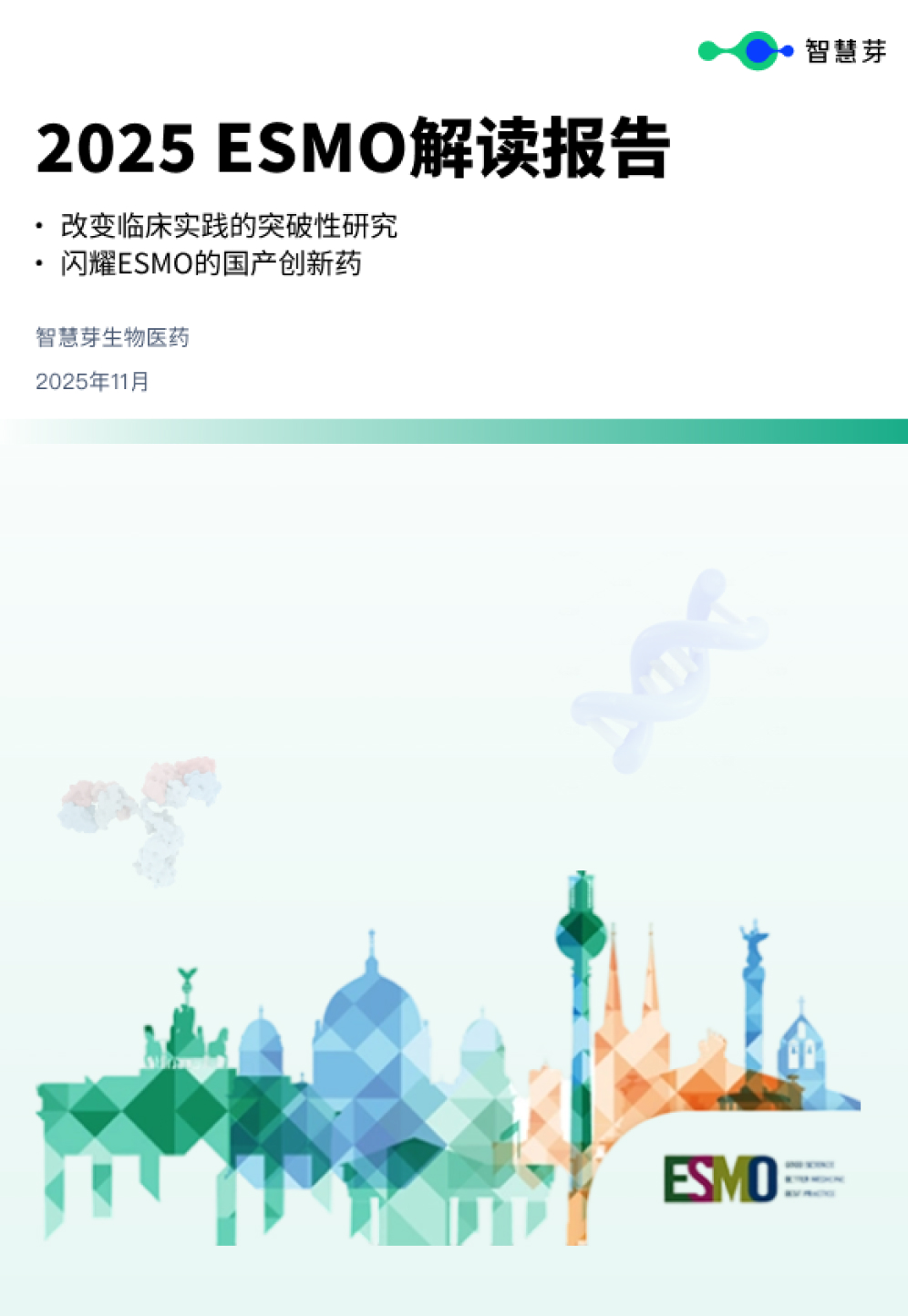预约演示
MIT researchers develop dissolvable devices using liquid metal embrittlement
2022-11-09
MIT researchers have designed dissolvable devices using liquid metal embrittlement, a well-known source of metal structure failure.
It’s possible to disintegrate aluminum medical devices such as staples, stents or drug depots inside the body through exposure to eutectic gallium-indium (EGaIn). This liquid metal alloy could be physically applied to the device or administered in nanoparticle form to patients, the researchers said in a paper published this month in Advanced Materials.
“It’s known that certain combinations of liquid metals can actually get into the grain boundaries of solid metals and cause them to dramatically weaken and fail,” MIT postdoc Vivian Feig, the paper’s lead author, said in a news release. “We wanted to see if we could harness that known failure mechanism in a productive way to build these biomedical devices.”
Dissolvable devices such as staples, stents and drug-delivery vehicles
Rather than physically removing staples and risking tissue damage, a physician could apply gallium-indium to dissolve staples made of aluminum.
“Right now, removing the staples can actually induce more tissue damage,” Feig said. “We showed that with our gallium formulation we can just paint it on the staples and get them to disintegrate on-demand instead.”
The researchers conducted initial toxicity studies with rodents and found that even high doses of gallium-indium are non-toxic, However, they say they need to conduct more studies to determine safety in humans.
In addition to aluminum staples, the researchers designed an aluminum esophageal stent. Currently, when esophageal stents are no longer needed, health providers either remove them endoscopically or leave them inside patients. But the researchers showed it’s possible to break down their aluminum esophageal stent with gallium-indium.
“What this enables, potentially, is the ability to have systems that don’t require an intervention such as an endoscopy or surgical procedure for removal of devices,” said Giovanni Traverso, the senior author of the study.
Dissolvable device research at MIT
Traverso is the Karl van Tassel Career Development Assistant Professor of Mechanical Engineering at MIT and a gastroenterologist at Brigham and Women’s Hospital. His lab has been working for years on swallowable drug delivery devices that would stay in the digestive tract for days or weeks to release compounds on a schedule.
Traverso’s lab previously explored the use of dissolvable devices triggered by exposure to light. An earlier approach was a star-shaped dissolvable device that would be broken down by stomach acid, releasing ivermectin to prevent malaria.
In their latest study, the researchers created another star-shaped drug delivery device using aluminum tubing that could be dissolved in the GI tract with gallium-indium. The device holds drugs in its arms, which are connected to a central elastomer with hollow aluminum tubes. The star shape delays the device’s passage through the GI tract, and the researchers said they successfully used gallium-indium to break the device down in test animals.
Nitinol is next
The researchers are now exploring nitinol — the nickel-titanium alloy commonly used in stents and other medical devices — and other metals that could be used to develop dissolvable devices.
The Bill and Melinda Gates Foundation, MIT’s Department of Mechanical Engineering, the Brigham and Women’s Hospital Division of Gastroenterology, the Schmidt Science Fellows Program, and the Rhodes Trust funded the research.
更多内容,请访问原始网站
文中所述内容并不反映新药情报库及其所属公司任何意见及观点,如有版权侵扰或错误之处,请及时联系我们,我们会在24小时内配合处理。
适应症
靶点
-药物
生物医药百科问答
全新生物医药AI Agent 覆盖科研全链路,让突破性发现快人一步
立即开始免费试用!
智慧芽新药情报库是智慧芽专为生命科学人士构建的基于AI的创新药情报平台,助您全方位提升您的研发与决策效率。
立即开始数据试用!
智慧芽新药库数据也通过智慧芽数据服务平台,以API或者数据包形式对外开放,助您更加充分利用智慧芽新药情报信息。





